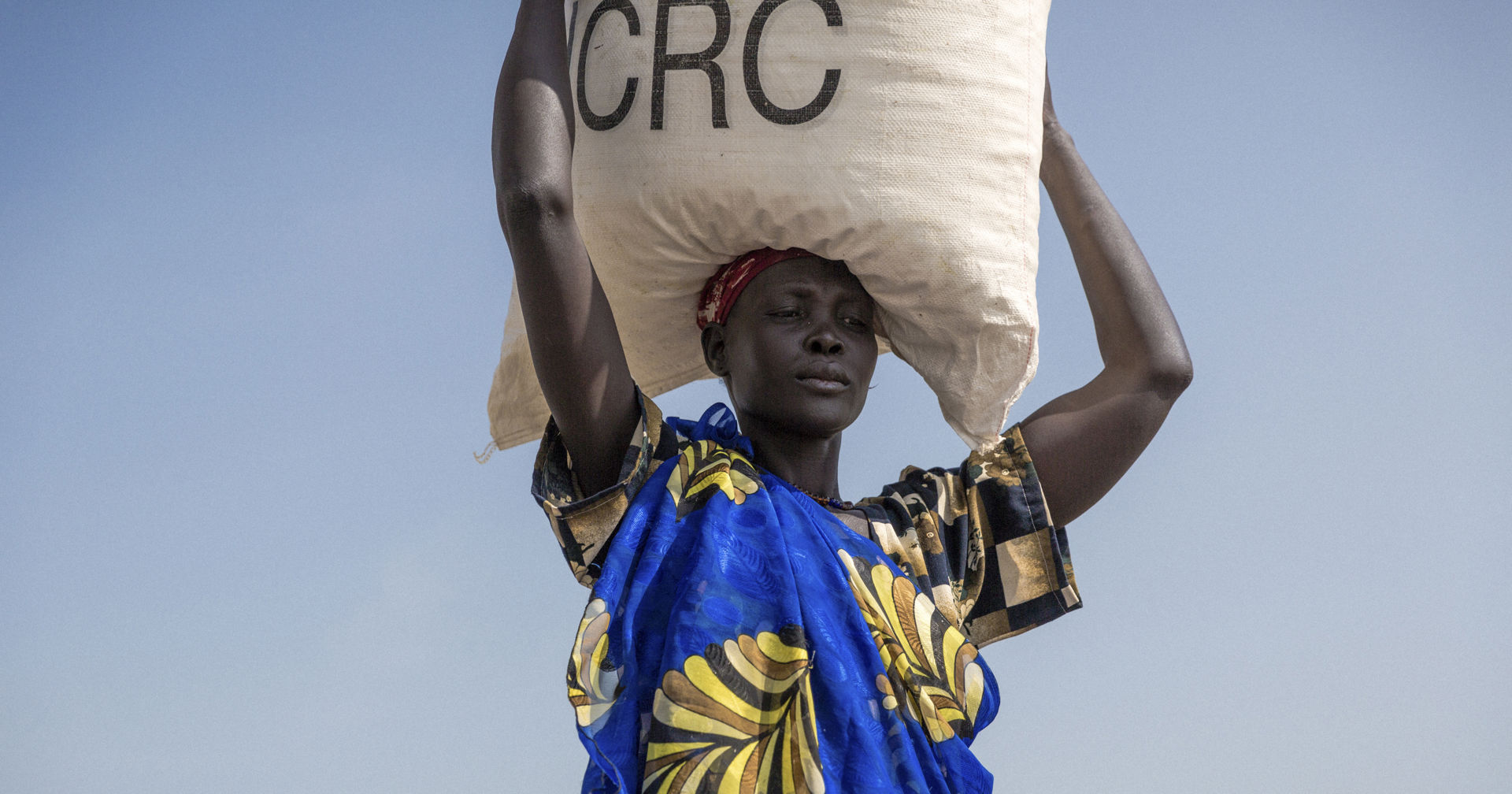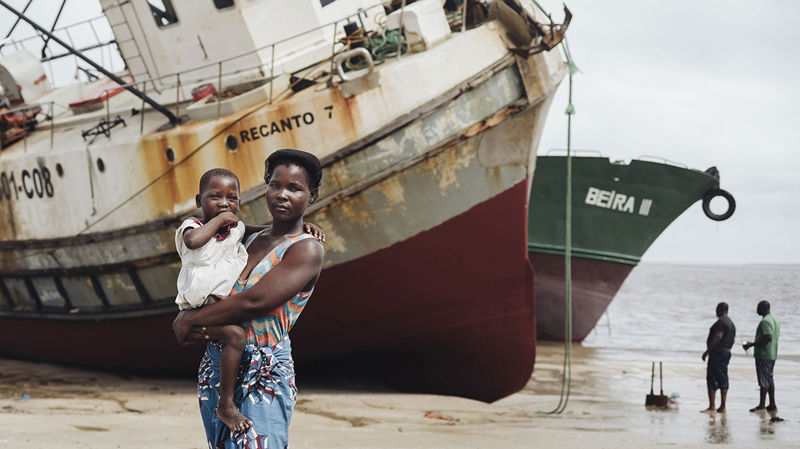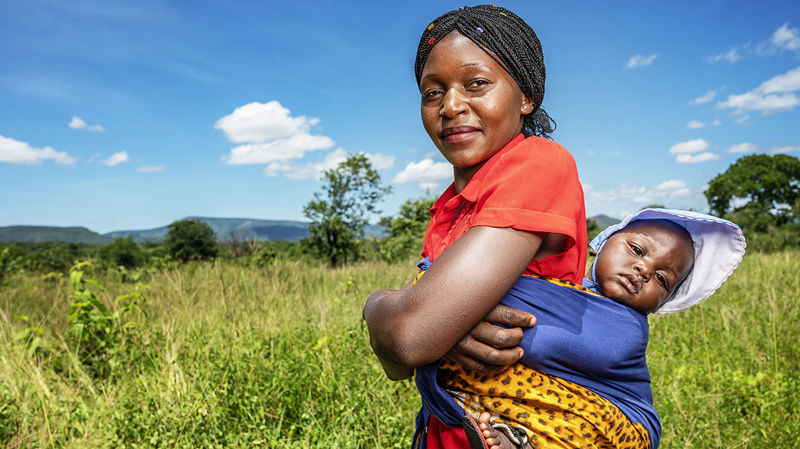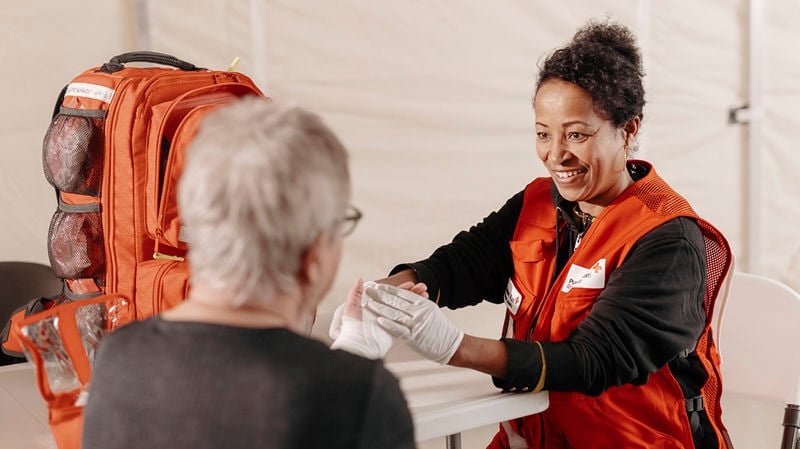Famine and food crises

Food insecurity refers to people not having enough food, them being unable to access food, or the food being of low quality. Famine is a precisely defined catastrophe.
Hundreds of millions of people around the world suffer from lack of food or low-quality food. If food is not readily accessible or it is too expensive, people may be unable to eat healthy and nutritious food. Famine is declared if many people start to perish rapidly due to malnutrition.
Famine is a precisely defined catastrophe
Food insecurity refers to people not having access to food. There is not enough food, or people are unable to access it because the food is too expensive or they cannot reach the food distribution points.
Famine is a precisely defined catastrophe. The IPC (Integrated Food Security Phase Classification) is generally used to define the different levels of food insecurity. The severity of food insecurity is assessed on a scale of 1 to 5, of which famine is the most severe. A situation can escalate to a famine surprisingly rapidly.
Poverty and drought are often behind a food crisis
Famine and food insecurity have several background factors. Often, there is poverty in the community and drought in the region. Drought is a slowly advancing catastrophe that takes years to develop. The effects of climate change are making the drought even worse in many areas.
Communities in the countryside may manage for some time, even during a rainless season. However, the situation becomes severe when the communities lose their crops and cattle, the food stores run low and people can no longer afford to buy food.
Food shortage drives people out of their homes
Malnourished people’s immune systems weaken, making them more vulnerable to diseases. Water shortage drives people to using contaminated water, which increases the risk of contracting waterborne diseases. When there is little water, the level of general hygiene and toilet sanitation is weakened. In turn, this increases the spread of contagious diseases, such as diarrhoea and cholera.
Increased food insecurity drives people to move to other regions. The likelihood of diseases spreading grows when people stay in temporary camps and move to new areas.
The Red Cross prevents famine and food crises
The Red Cross:
- strengthens communities' food security by providing agricultural education and offering fertilisers, seeds and tools
- supports the development of community irrigation systems
- strengthens communities' livelihoods by providing education, among other means
- supports communities' advance warning systems so that phenomena like an advancing drought can be detected in time and the communities can take pre-emptive measures.
The Red Cross helps people in famine and food crises
The Red Cross:
- focuses on food distribution and ensuring access to clean water in a food crisis
- prevents and treats contagious diseases
- monitors people's nutrition and focuses on securing care and nutrition for particularly vulnerable groups, such as pregnant women and children younger than five
- aims to contact even hard-to-reach groups, such as nomads, and ensure their access to nutrition.

Humanitarian aid

Development cooperation

Donate
